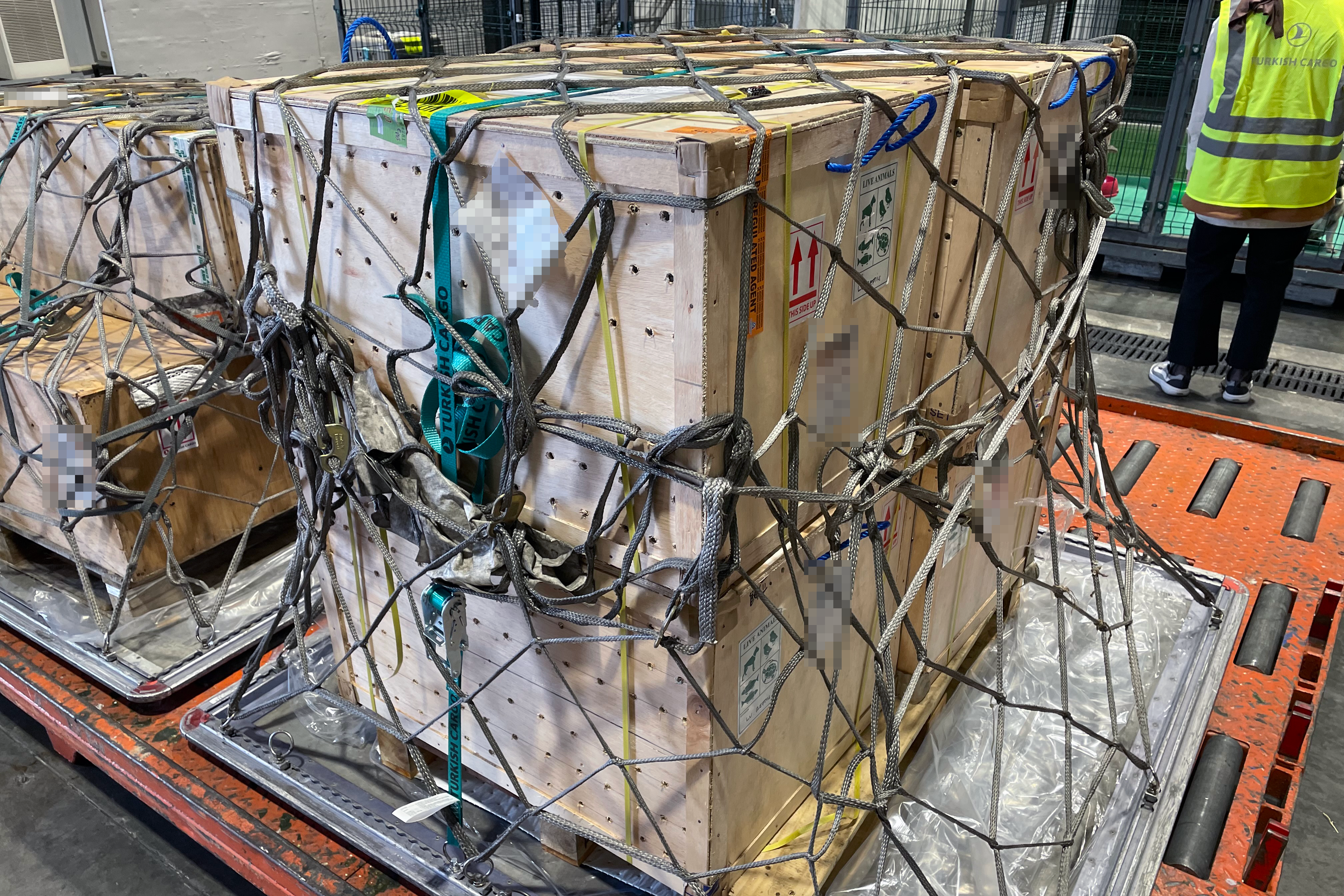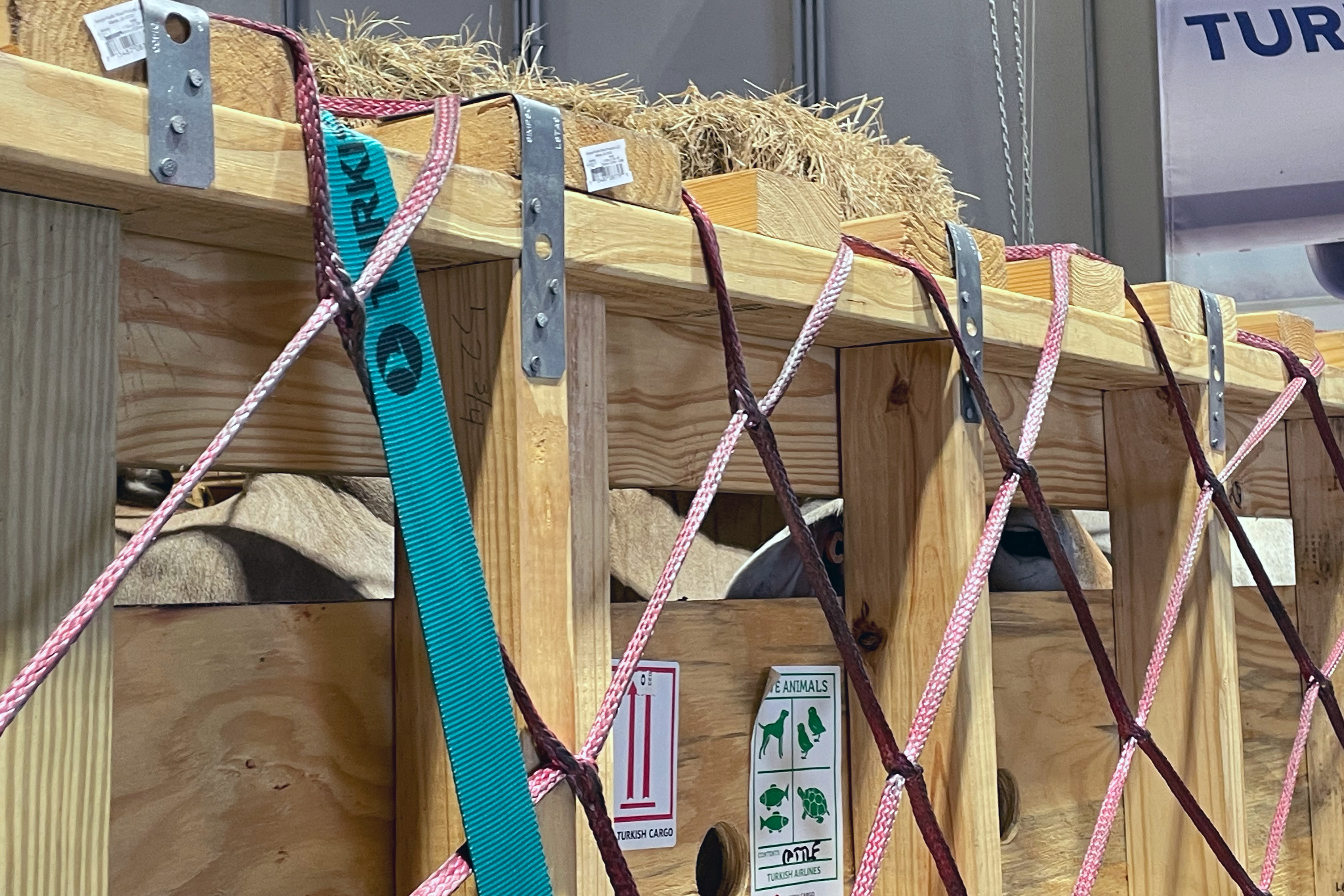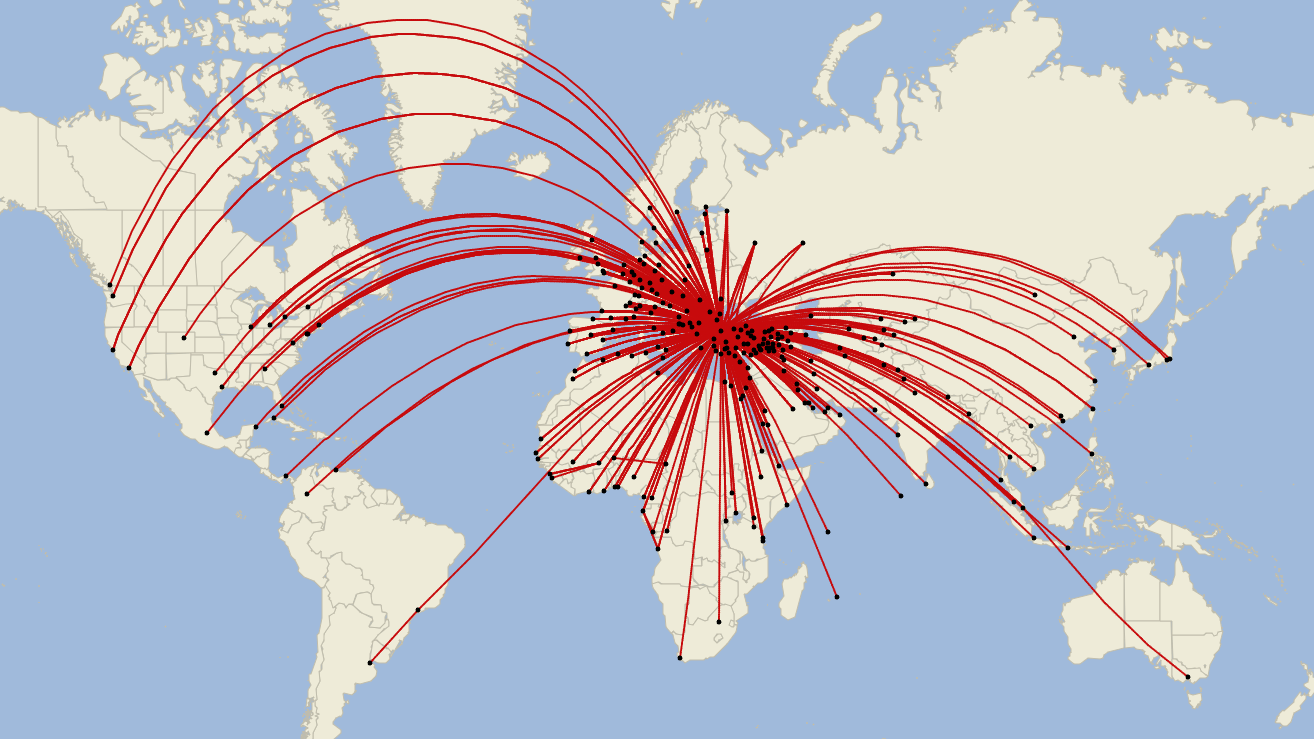Earlier in October, I was lucky to spend a few days with the ![]() Turkish Airlines
Turkish Airlines
team in Istanbul. During the trip, we saw everything from training to maintenance and cargo handling. This article will be the first in a series looking at what goes on behind the scenes at Turkish Airlines. Today, we focus on handling live animal cargo at the world’s third-busiest cargo hub, known as “TK Live.”
Calling the new  Istanbul Airport
Istanbul Airport
huge is an understatement. In 2023, it was the world’s seventh-largest airport by passenger numbers, ahead of giants such as Los Angeles International Airport and New York’s JFK Airport. 70% of cargo handled by Turkish Airlines at Istanbul is in transit, and a small portion of that cargo is live animals.
A dedicated handling facility
According to aviation analysis firm Cirium, Turkish Airlines has just 20 dedicated freighter aircraft compared to 342 passenger aircraft. While the overall cargo split between passenger and cargo aircraft is around 50/50, Turkish Airlines has around 25 daily cargo flights compared to around 600 passenger flights. The reason for the apparent mismatch is that one cargo flight carries much more cargo than a passenger flight.
Photo: Turkish Cargo
The general cargo handling facility at Istanbul Airport is far from the passenger areas, especially as cargo vehicles have to travel around the edge of the airport. As it is much more likely that smaller animals, such as cats and dogs, will end up on a passenger flight, Turkish Airlines has built an animal handling facility that is separate from its main cargo facility.
This is much closer to the passenger terminal, meaning shorter animal journeys. This is illustrated in the map below with the “TK Live” facility represented by the paw print, while the general Turkish Cargo facility is indicated with the Turkish Cargo logo.
All sorts of animals catered for
Turkish Airlines’ live cargo facility is set up to handle various animals. We saw cows, cats, dogs, and live reptiles during our visit alone. While there are certain animals that the carrier won’t accept, it is set up to handle everything from birds and fish to mammals and reptiles. One of our guides remarked that their most exciting cargo was a whale, which required its own flight.
Some of the animals that are not accepted for transport by Turkish Airlines include,
- Laboratory and experimental animals,
- Dead animals,
- Pregnant animals,
- Poisonous animals.
Photo: Simple Flying
Other animals, such as endangered species, are also restricted. Interestingly, “live animals known to produce offensive odours” will only be carried on dedicated cargo flights. Meanwhile, many other animals can travel on passenger planes as space permits.
Animals are always given priority
TK Live’s mission is not just to get animals from A to B but also to ensure their comfort throughout the process. As mentioned above, one way this is achieved is by minimizing transfer times from the aircraft. However, they will also be the first off an aircraft and the last on. While regular cargo may start being dispatched to an aircraft hours before a flight, Turkish’s staff will look to minimize this time frame when it comes to living cargo.
A temperature-controlled van moves smaller animals, such as cats and dogs, and dividing curtains keep them visually separated. Larger animals, such as the cattle we saw, remain in their transport boxes for the duration of the pause and are transported on pallets.
Photo: Turkish Cargo
Care between the flights
While waiting between flights, the animals also get a great deal of care. They are cared for around the clock, meaning that there is always a vet on duty. The welfare of the animals is constantly checked, and if needed, the vets have access to critical care equipment such as oxygenation chambers and incubators. Fish, in particular, need additional oxygenation between flights.
If an animal needs more specialist care, it can be transferred to a nearby veterinary hospital, though thankfully, cases like this are rare.
Photo: Turkish Cargo
There are kennels for dogs to be given a little more room and stables to accommodate horses on layovers. Some cargo, such as horses, may travel with dedicated carers who accompany them on the flight and provide care between flights.
However, smaller animals, such as cats, typically travel independently. In these cases, Turkish Airlines staff take care of them throughout their stay. This includes cleaning and feeding them, but we also saw them going the extra mile during our visit. One carer told us that they often get emotional when animals that they’ve got attached to during their stay.
Photo: Simple Flying
Animals are typically shipped with all the supplies they will need for the duration of their journey, such as food, fresh bedding, and even bottled water. However, the TK live facility also had additional supplies on hand if needed.
Connecting most of the world
While it may make sense to book animals onto direct flights where possible, one of TK Live’s selling points is that it can access the entire Turkish Airlines network. Take the five cattle that we saw flying from Texas, United States, to Karachi, Pakistan. There are no direct flights between the two, meaning that a stopover is required somewhere along the way.
Photo: Simple Flying
Istanbul Airport is strategically located on the border between Europe and Asia and has a wide network. Turkish Airlines prides itself on flying to more countries than any other airline.
According to October schedule data from Cirium, Turkish Airlines flies scheduled passenger and cargo flights to 271 unique non-stop destinations from Istanbul. That means that there are over 73,000 route combinations connecting at Istanbul Airport. Add in the one-stop flights, such as Buenos Aires to Istanbul via Sao Paulo, and that number climbs even higher!

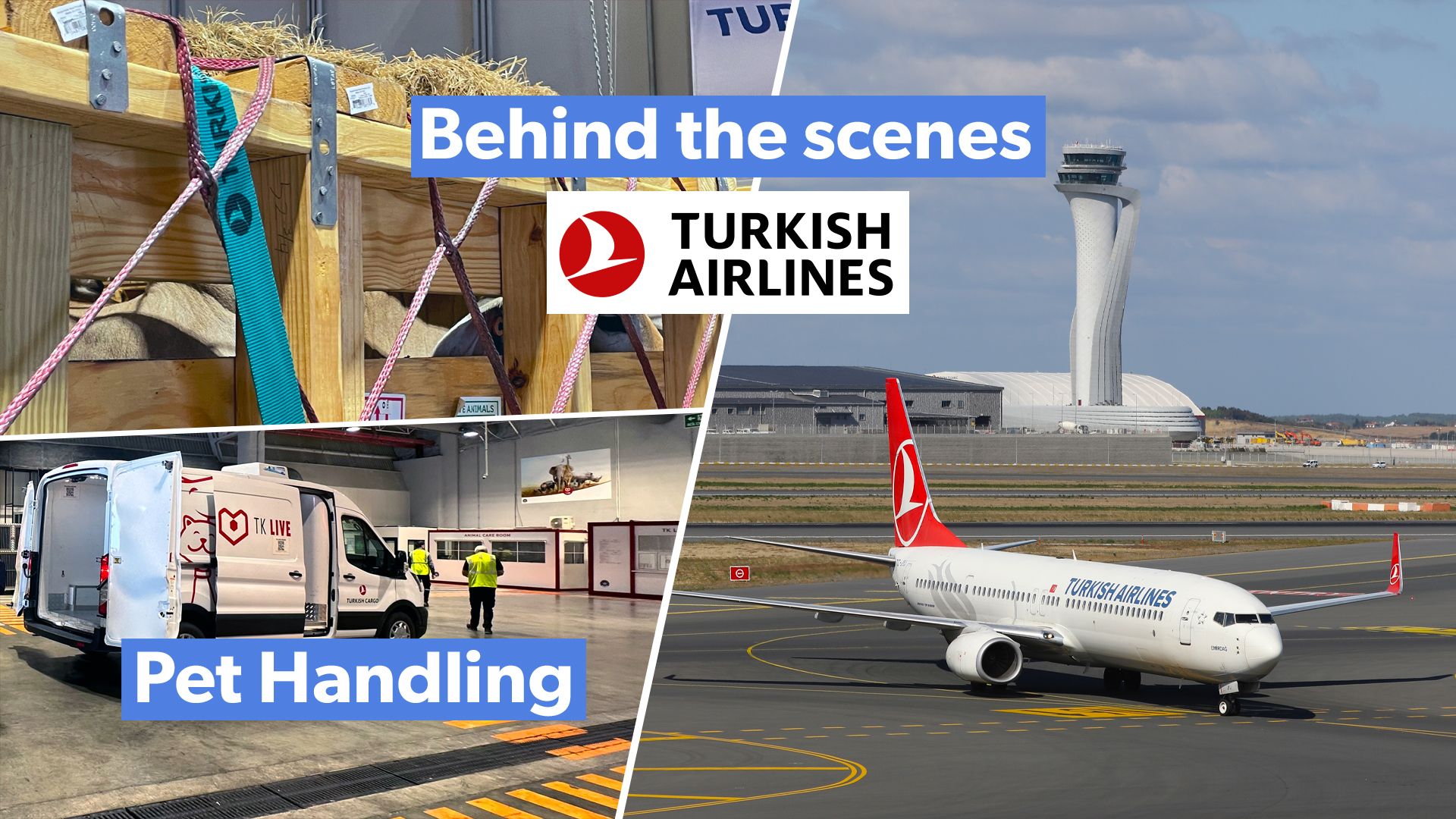
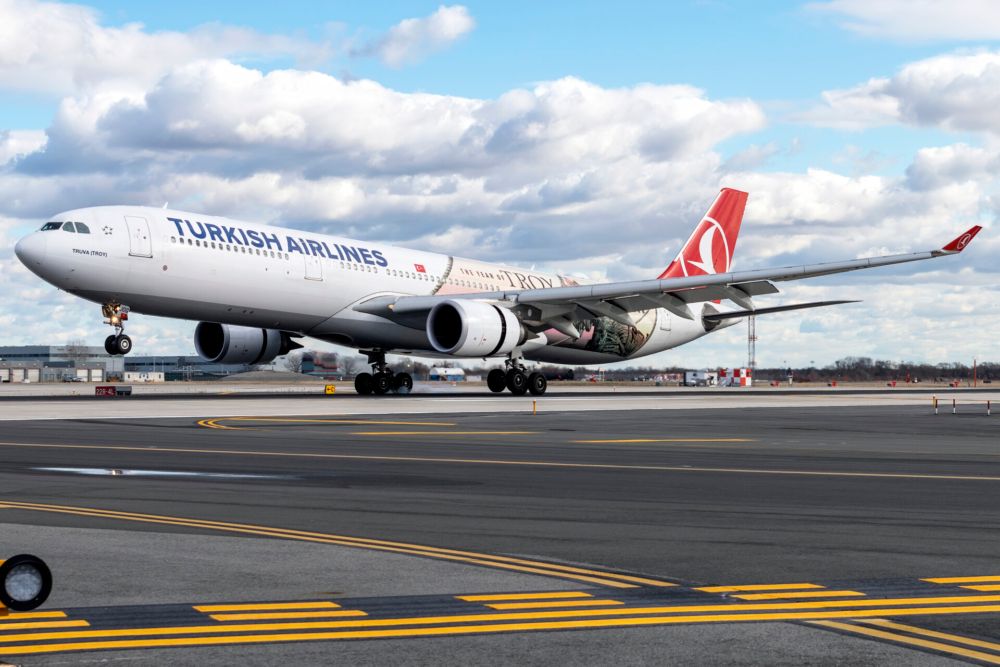


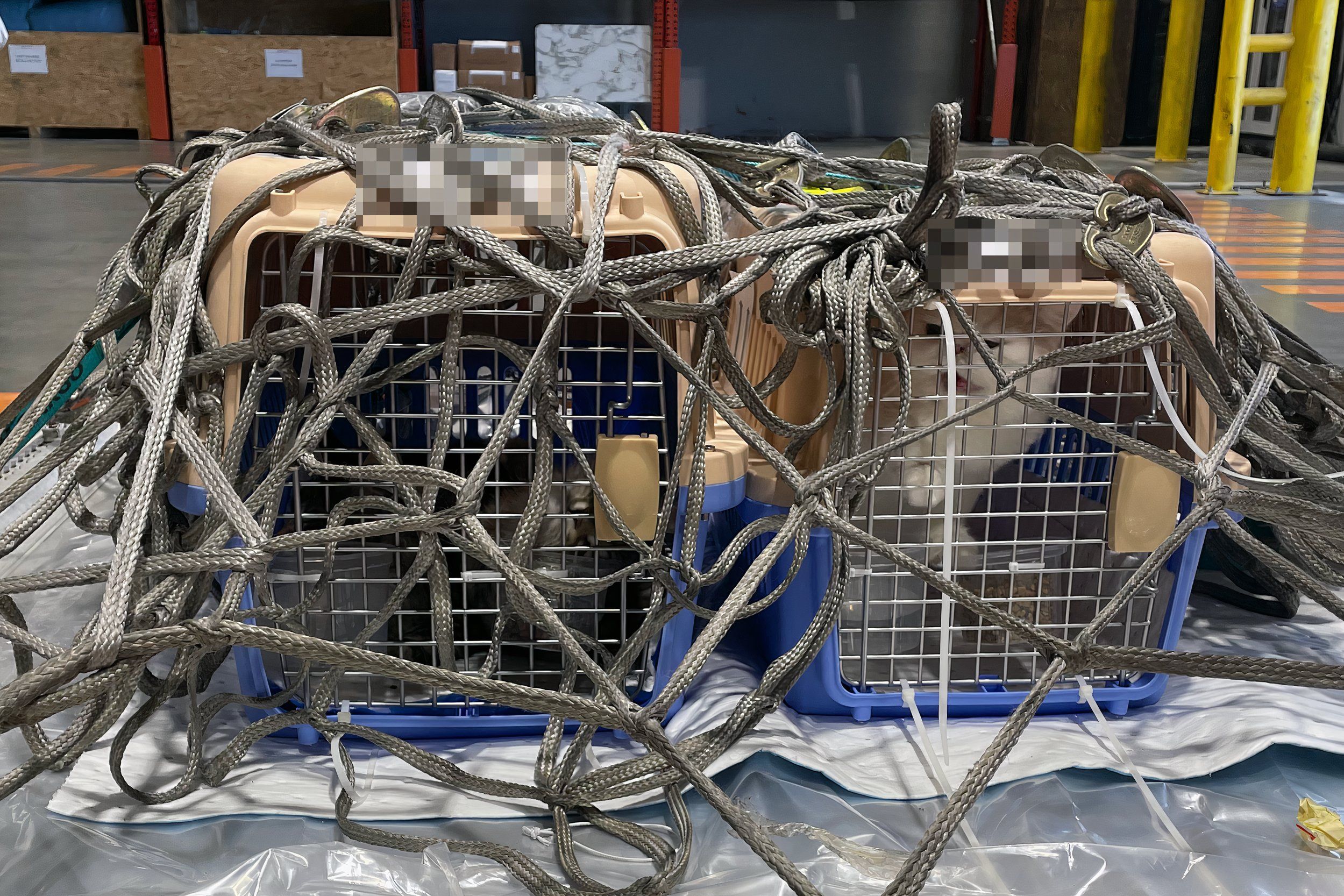
![5[10]](https://static1.simpleflyingimages.com/wordpress/wp-content/uploads/2024/10/5-10.png)

